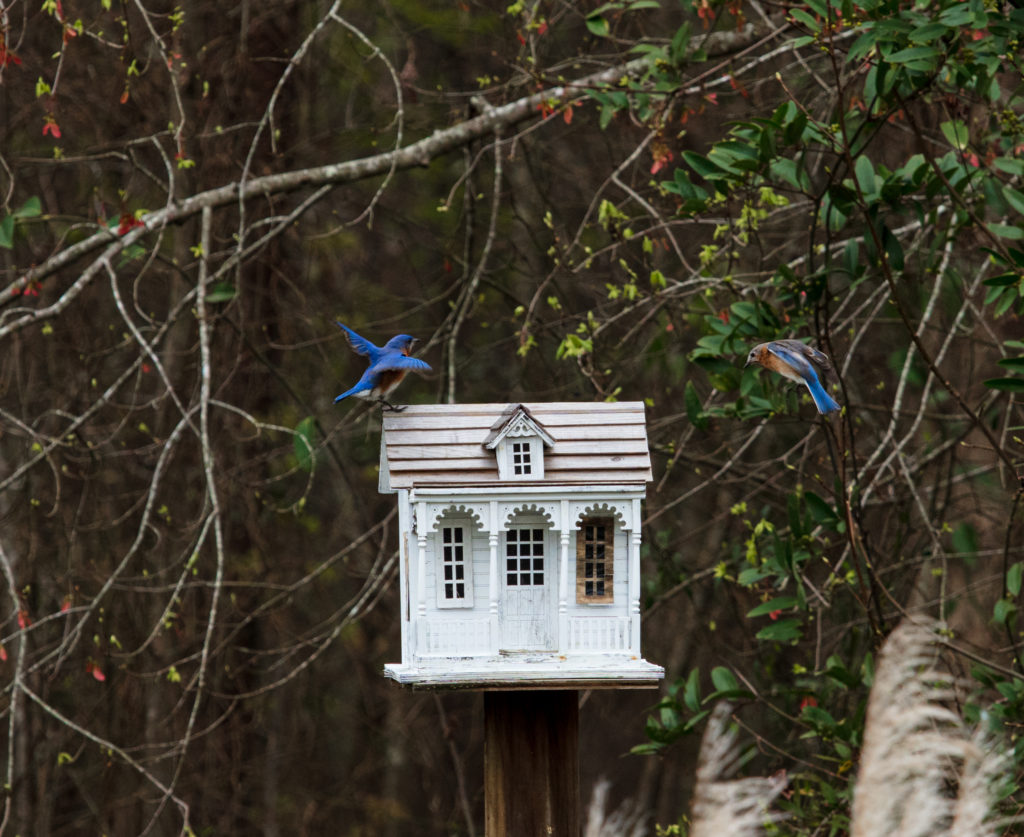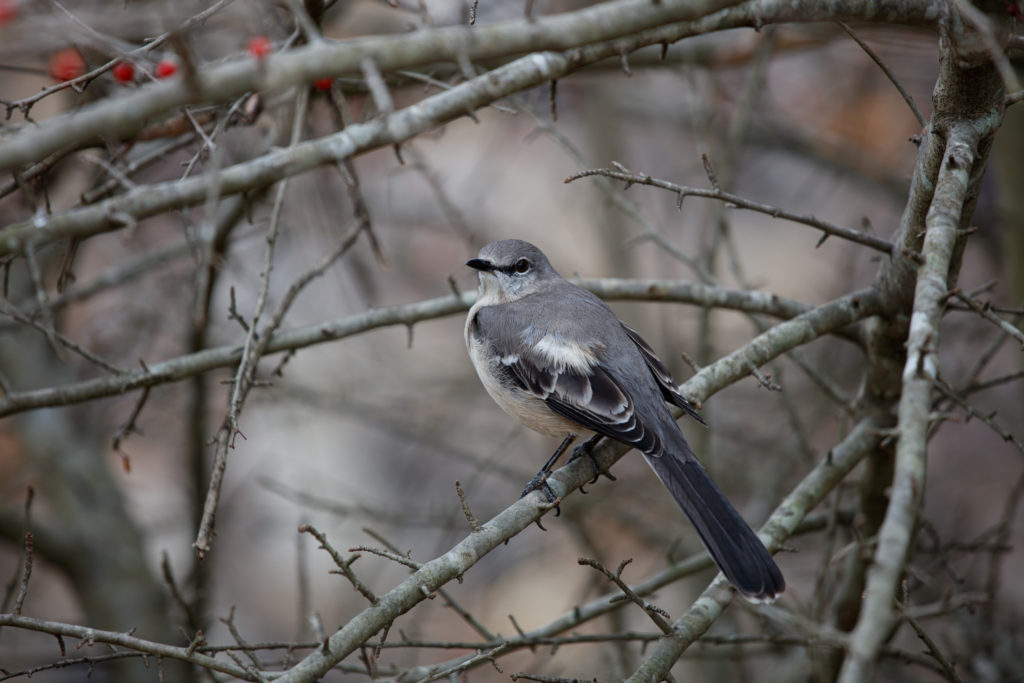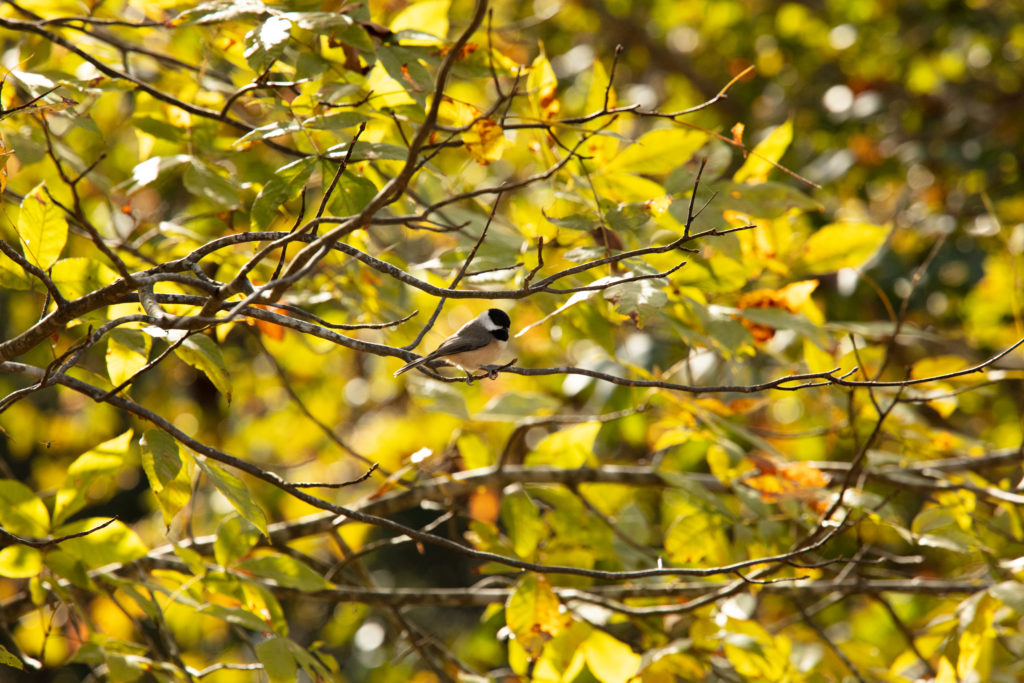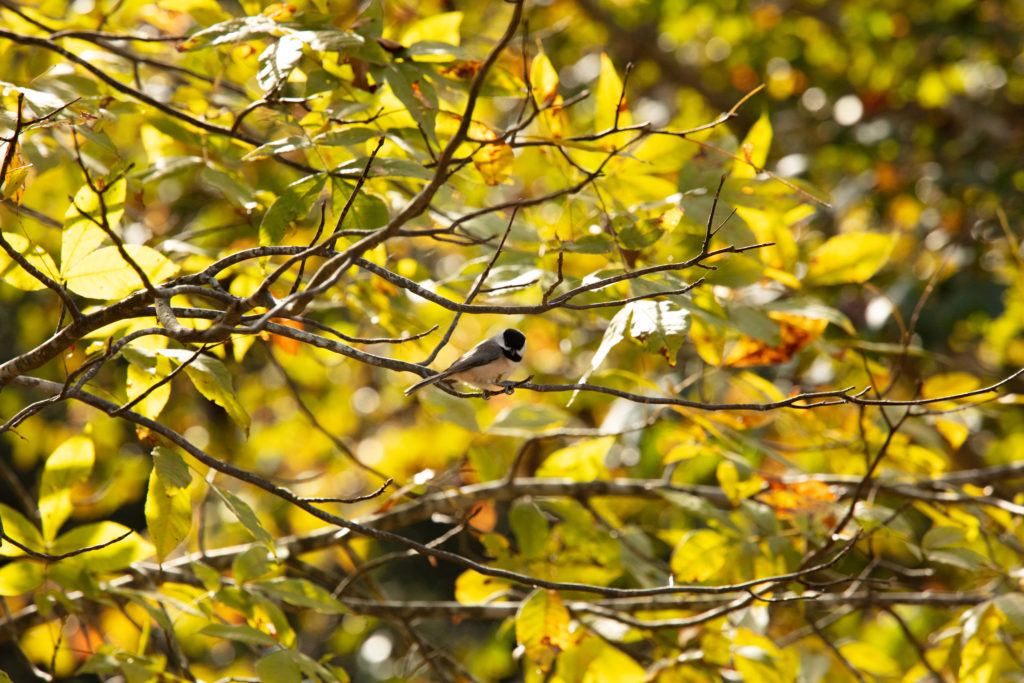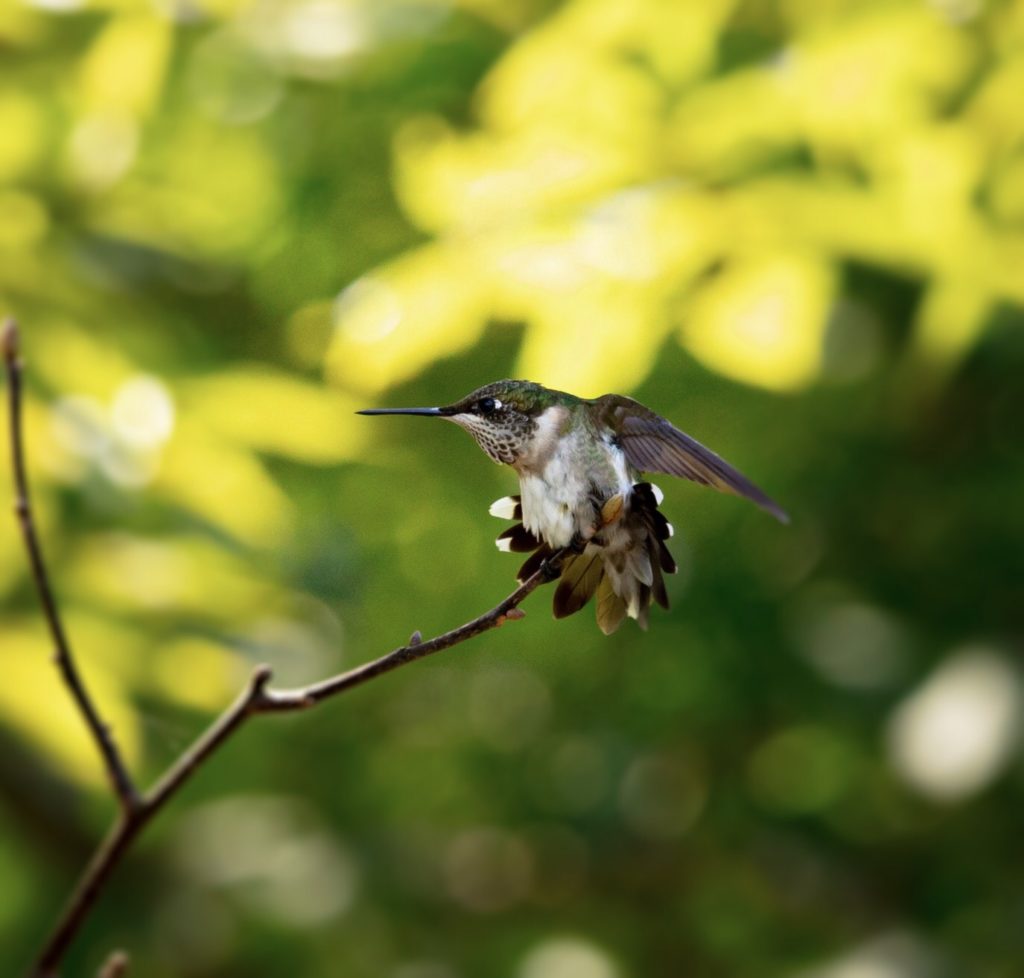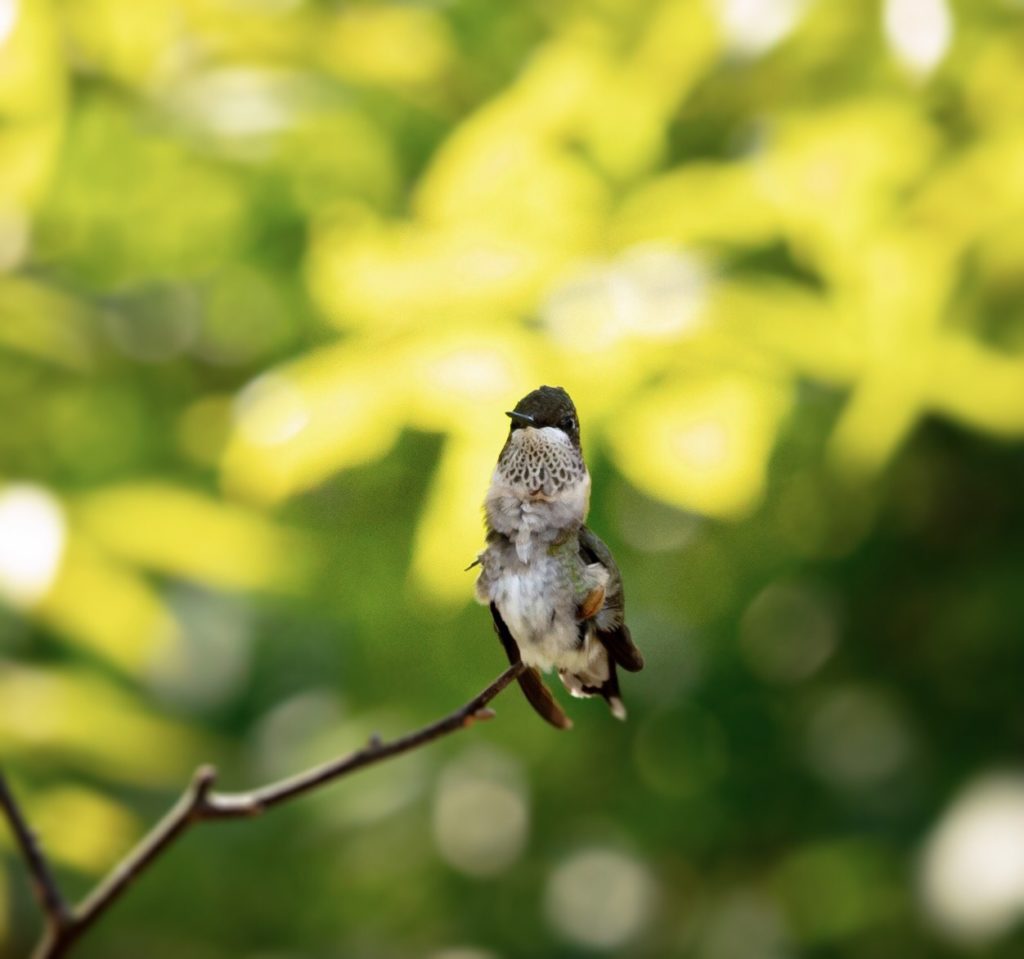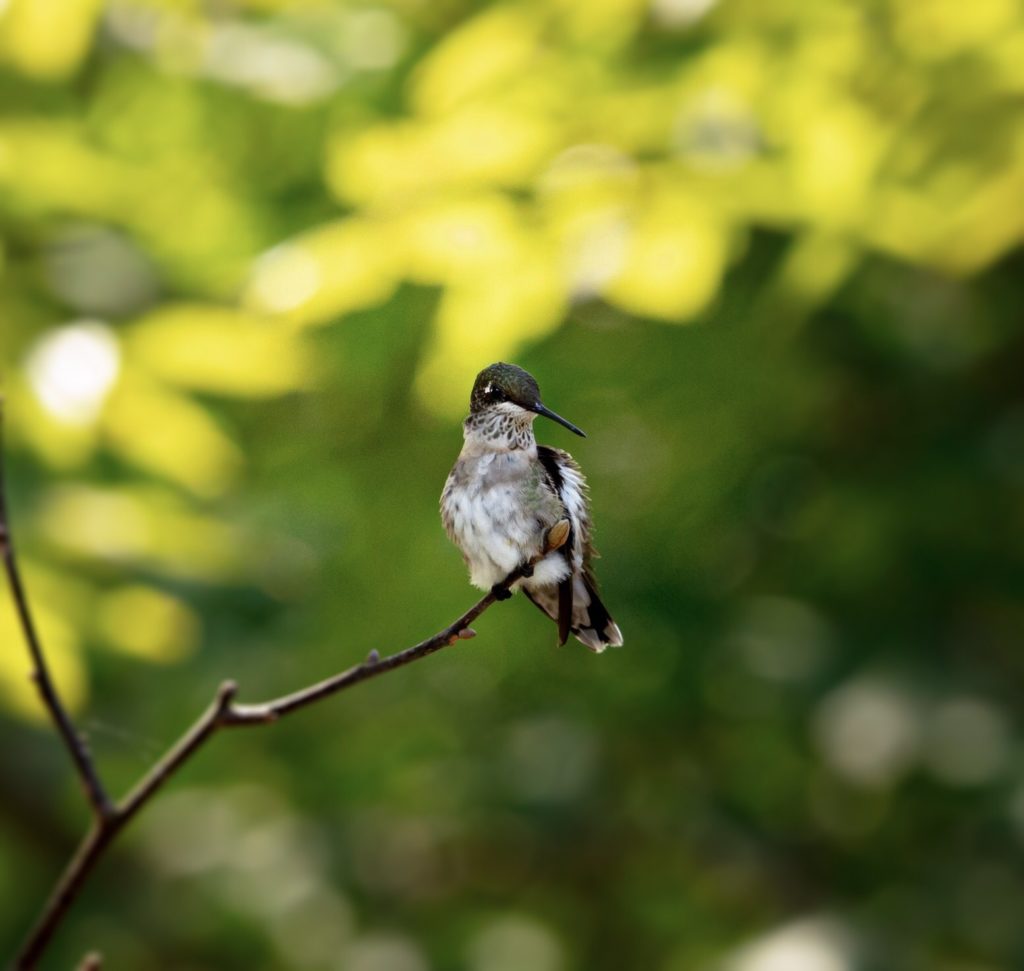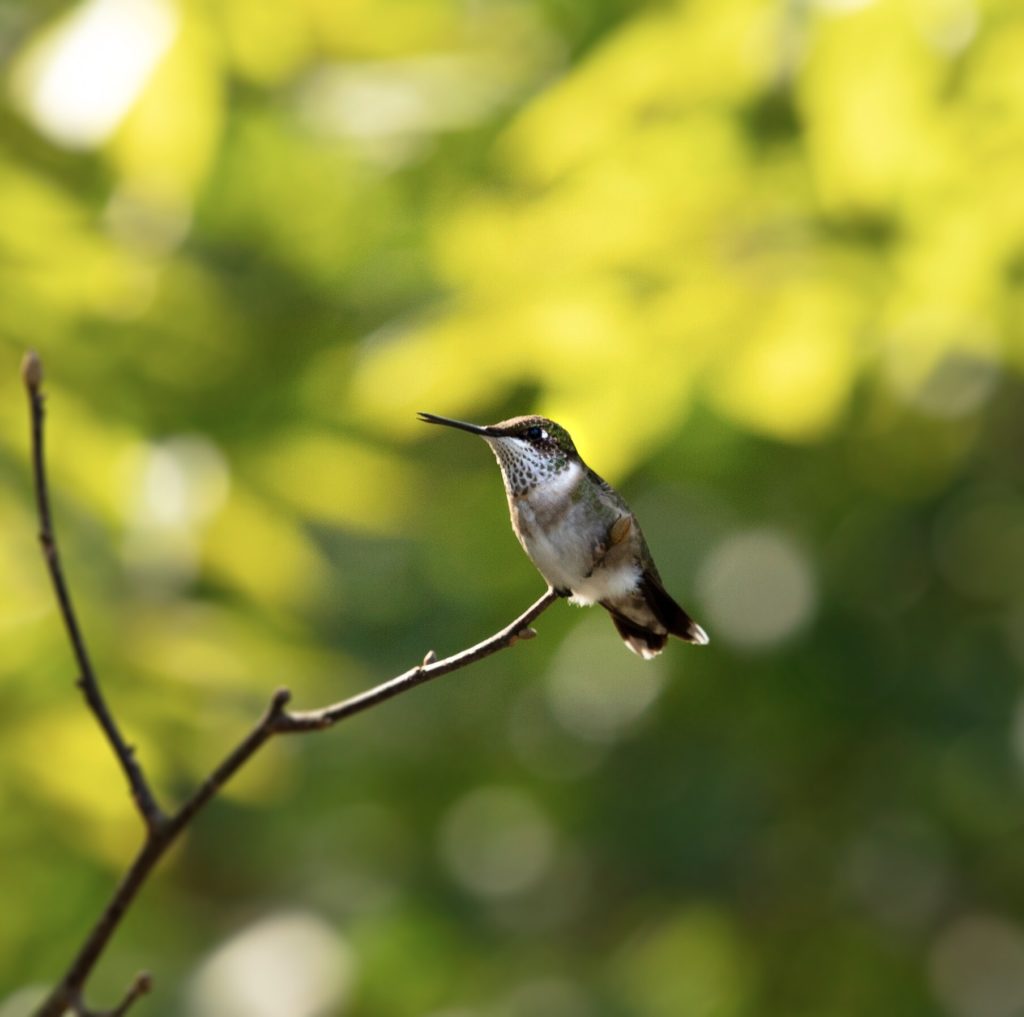By: Sally Siko, Admin-Birdwatching NC
Found a male Northern Cardinal all poofed up in my yard yesterday morning.
With the recent bit of cooler weather that’s made it into the Raleigh area of central NC, I’ve noticed an uptick to the number of birds at my feeders.

The Cardinals usually appear early in the morning or late in the afternoon just before sunset. Makes me wonder if they know how bright their plumage is so they only come out into the open at dawn or dusk to avoid predators.
Such handsome birds, worth getting up a little early to enjoy!
Photo by @sally_siko of @birdwatching_nc
Canon 5Ds
Photos and video captured with my mighty Canon 5DS. If you are interested in getting shots like these with this 50 MP beast of a camera, please check out the link below to Canon USA.
Birdwatching NC is sponsored by Canon USA and I am proud to be a Canon shooter. After 13 years of trusting my professional photography business to Canon’s line of products, I cannot recommend this company strongly enough. If you have have any questions about my gear, shoot me a message!
Birdwatching NC is also sponsored by Zenfolio. Zenfolio is a photography website gallery and hosting company. I’ve been using Zenfolio to show and sell my images for over a decade and actually recommend this company to other photographers over WordPress!
You can check out Zenfolio for free by clicking the link below.
With custom galleries, online storage, the ability to sell prints and digital downloads, a powerful blog with seamless SEO tools, Zenfolio provides everything a professional photographer would need to run their photography business online.
Lastly, in addition to running things around here at Birdwatching NC, plus operating a North Carolina outdoor wedding photography company, I also provide website SEO and building services for photographers who need a solution to showing and selling their work online through my company Websites for Photographers. In a nutshell, I design kickass websites on the Zenfolio platform built from the ground up with a sound foundation of SEO principles in place so that my clients get found by more customers on the web.
I also provide SEO services and site audits for existing Zenfolio users to fix search engine indexing problems fast.
If you are a wildlife or bird photographer who is in need of a solid website please check out my company Websites for Photographers by clicking the photo link below.


